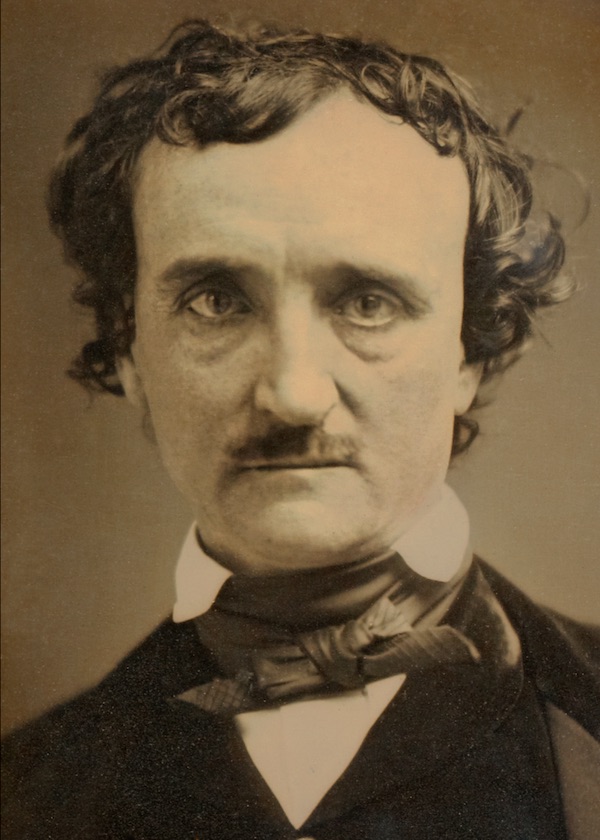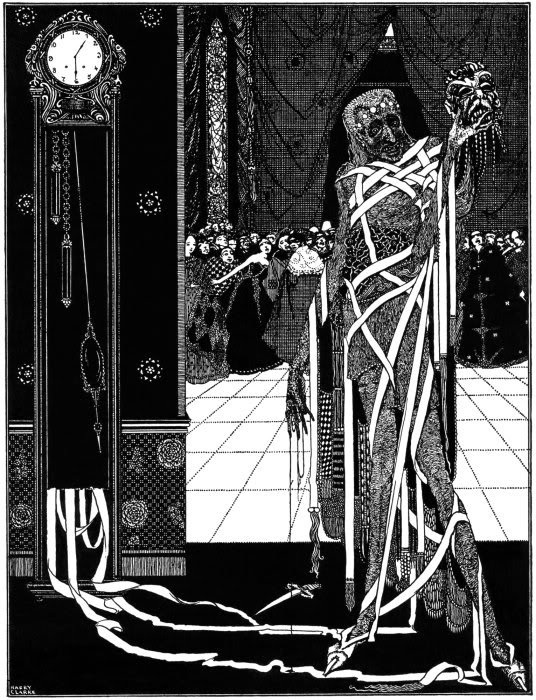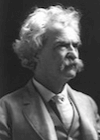
Edgar Allan Poe, born in Boston, Massachusetts in 1809, lived a life filled with tragedy. Poe was an American writer, considered part of the Romantic Movement, in the sub-genre of Dark Romanticism. He became an accomplished poet, short story writer, editor, and literary critic, and gained worldwide fame for his dark, macabre tales of horror, practically inventing the genre of Gothic Literature. Visit our study guides for The Pit and the Pendulum and The Raven.
Although his writings were well received, Poe struggled financially and was also plagued with "bouts of depression and madness." Edgar Allan Poe was orphaned at a young age after his mother died and his father abandoned the family. He was taken in by John and Frances Allan of Richmond, Virginia, but Poe was never formally adopted by them. Enjoy this fascinating background on The Many Names of Poe. He went to the University of Virginia for a term before running out of money, then enlisted in the Army, where he failed as an officer's cadet at West Point.
Poe was one of the earliest American writers to focus on the short story and is credited with inventing the detective fiction genre. But it is for his horror stories that he is world famous today, great short stories that are widely known, including; The Pit and the Pendulum, The Cask of Amontillado, The Tell-Tale Heart, The Black Cat, The Fall of the House of Usher, and The Purloined Letter are among his most popular short stories. [also see the great short stories below this text that feature illustrations]
Less well known was his role as a prolific literary critic. In response to one of his reviews, Nathaniel Hawthorne wrote: “I care for nothing but the truth; and shall always much more readily accept a harsh truth, in regard to my writings, than a sugared falsehood. I confess, however, that I admire you rather as a writer of tales than as a critic upon them.”
Poe published his first work, an anonymous collection of poems, Tamerlane and Other Poems in 1827. Poe changed his focus to prose, and after many years of writing for periodicals and journals he became known for his own style of literary criticism. All the while Poe moved around between Baltimore, Philadelphia, and New York City.
Edgar Allan Poe’s epic poem The Raven, was published when he was in Baltimore in 1845, and became an instant success. Poe planned to produce his own journal, The Stylus, but he died in 1849 of unknown causes at the young age of 40, before he could make that project a reality.
Poe had many imitators, and after his death clairvoyants often claimed to "receive" Poe's spirit and "channel" his poems and stories in attempts to cash-in on his fame and talent. The attempt to cash in on his fame was rather ironic considering that Poe died penniless. His work also influenced science fiction, namely Jules Verne, who wrote a sequel to Poe's novel The Narrative of Arthur Gordon Pym of Nantucket called An Antarctic Mystery.
Considered the quintessential American Gothic writer, Poe's epic story, The Fall of the House of Usher (1839) reveals the tragedy of Rodrick Usher, who suffers from a variety of mental health disorders not even invented or named by modern psychology when Poe wrote about them: hyperethesia (sensory overload), hypochondria, and acute anxiety. It’s a stellar tale sure to disturb and delight the reader.
All that we see or seem
Is but a dream within a dream.
Students and teachers may benefit from our Gothic Literature Study Guide and D.H. Lawrence's chapter about Poe in his book, Studies in Classic American Literature.
Enjoy many of Poe's stories in our collections, Gothic, Ghost, Horror & Weird Library, Halloween Stories, and Mystery Stories.
Enjoy some illustrated Short Stories from Edgar Allan Poe; click to read.





































